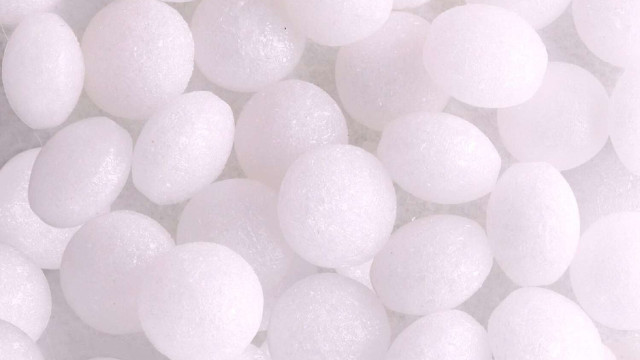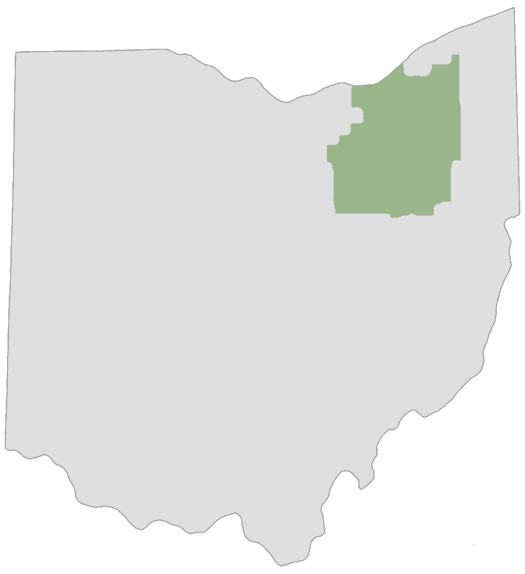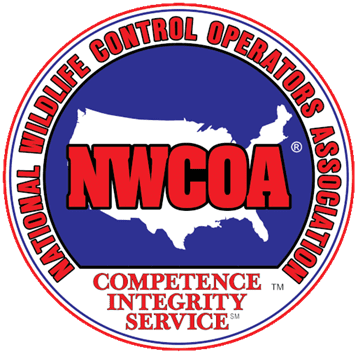If you’ve spent any time on the Internet, you know it is full of bad advice. Included in the category of “worst advice to give” is the use of mothballs to deter wildlife. Does it get rid of wildlife? No. What it does do is contaminate your home and yard.

When someone asks the Internet community for help with a skunk, squirrel, or groundhog problem, there will undoubtedly be someone advising them to dump a box of mothballs on the ground, in a burrow, or in the attic. When you follow that advice, the result is an entire box of an environmental contaminate findings its way into the soil, water table, or the living space of your home.
Mothballs produced in the U.S. contain one of two active ingredient chemicals: naphthalene or paradichlorobenzene. Both are pesticides and are regulated by the Environmental Protection Agency (EPA). Using these pesticides in a manner not in accordance with the product’s label is not only dangerous, it is illegal.
“But I used mothballs to deter wildlife, and it worked!” Not really. The animal may have moved to a different location due to the noxious odor. However, as soon as that odor disappears the animal is very likely to return. In the mean time, the chemicals in the mothballs are leeching into the soil or contaminating the air in your home. You now have the same wildlife issue, and a poisoned environment to boot.
Controlling nuisance wildlife—both indoors and outdoors—is a common practice for homeowners and gardeners. But it’s important to know which methods are legal, safe, and effective. For wildlife control, mothballs are not legal to use, not safe to use, and are ineffective against nuisance wildlife.
If you have a nuisance wildlife issue—and are tempted to use mothballs to deter wildlife—call Summit Wildlife Control, instead. We’re here to answer your questions and assist with your nuisance wildlife issue. We’ll do it the safe and legal way!





